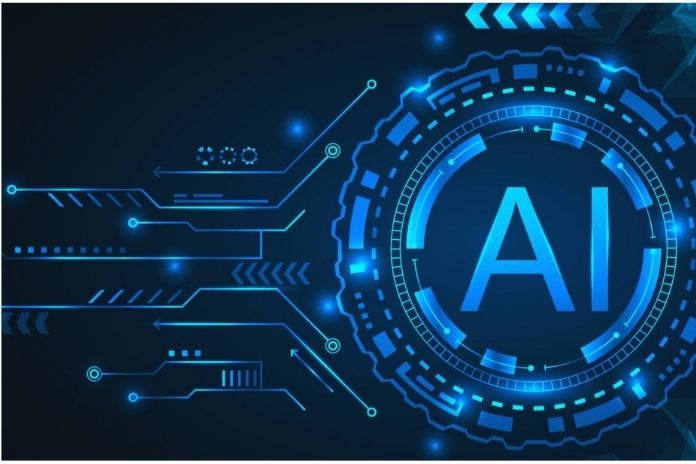Artificial intelligence is already one of the most critical technologies of the future. But what is it explicitly about, what benefits does the technology bring for companies, and where are possible application areas?
What Is Ai
When artificial intelligence (AI) is mentioned, so-called weak AI is usually referred to: Individual human capabilities – such as recognizing text, image content, or specific patterns – are transferred to machines. One sub-area is “machine learning”: Mathematical techniques enable a device to independently recognize relationships based on large amounts of data and project the knowledge gained onto future work steps. However, these methods usually require large and high-quality data sets and can only be used to a limited extent in many areas. In addition, machine learning processes have only been able to make predictions and not provide any explanations for relationships.
Vital artificial intelligence aims to create an intellect capable of anything that a human would also be capable of. So far, this form of AI is still a vision of the future. Algorithms have long been part of mathematics, and artificial intelligence has been worked on for 20 years. But only today’s enormous computing power makes it possible to understand vast amounts of data, draw conclusions from data patterns, learn and change results, and, last but not least, interact with systems or customers. However, whether a strong AI can ever be created from this is controversial.
What Can AI Do?
Swarm Intelligence
A population of autonomous software programs cooperates to solve problems. For example, based on this principle, a swarm of autonomous robots can be developed that has collective perception. This means that the individual swarm robots collect their data about their environment and have access to the data of other swarm members. In this way, the swarm has collective knowledge, and tasks can be solved through cooperation between the swarm members.
Language Understanding
Machine learning enables software programs to read from a spoken sentence what language it is and the content of the sentence. In addition, the speech recognition algorithms allow the creation of answer sentences and thus dialogue with the technology used. Such applications of artificial intelligence are often used in everyday life for voice control of technical devices.
Emotional Skills
Systems that are developed to recognize and interpret human emotions fall into the research area of affective computing. Based on factors such as the pitch of the voice or the facial expression, such systems can conclude a person’s emotional state. The purpose of such applications is that machines develop a better understanding of humans and become capable of social interaction.
Artistic Creativity
In art, too, patterns can be recognized through machine learning processes, among other things. These can then be automatically assembled into entirely new works of art. By analyzing the results of an artist, contemporary pieces can be created in his style. In the meantime, artificial intelligence works have already won poetry competitions and raised large sums of money at art auctions.
Image Understanding
AI is also suitable for recognizing patterns in image material if enough images are made available as a reference in the machine learning process. This enables visual quality control to be automated in logistics, for example. Artificial intelligence now usually achieves better results in this area, and this has been constant over time.
Robotics
Robots can use artificial intelligence to learn independently to solve new tasks and to react to their environment. This means that more complex tasks can be automated. Other application possibilities for AI listed here, such as image or speech recognition, also come into play in robotics. Artificial intelligence enables robots to better support people outside of a controlled environment, such as private households or public facilities.
Logical Reasoning
As soon as human knowledge has been formalized and thus made readable for machines, logical conclusions can be drawn from the lowdown based on algorithms. Such procedures are used, among other things, to automate mathematical proof procedures. Some mathematical laws could only be proven with such methods and the high computing power of modern computers.
Automatic Planning
Planning and optimization problems can be solved by artificial intelligence based on collected data. The procedures are used, among other things, in logistics, production planning, or the automated setting of prices. The AI makes its decisions based on optimization algorithms and predicts future events.
ALSO READ: How Companies Can Set Up Their IT Infrastructure To Be Future-Proof

